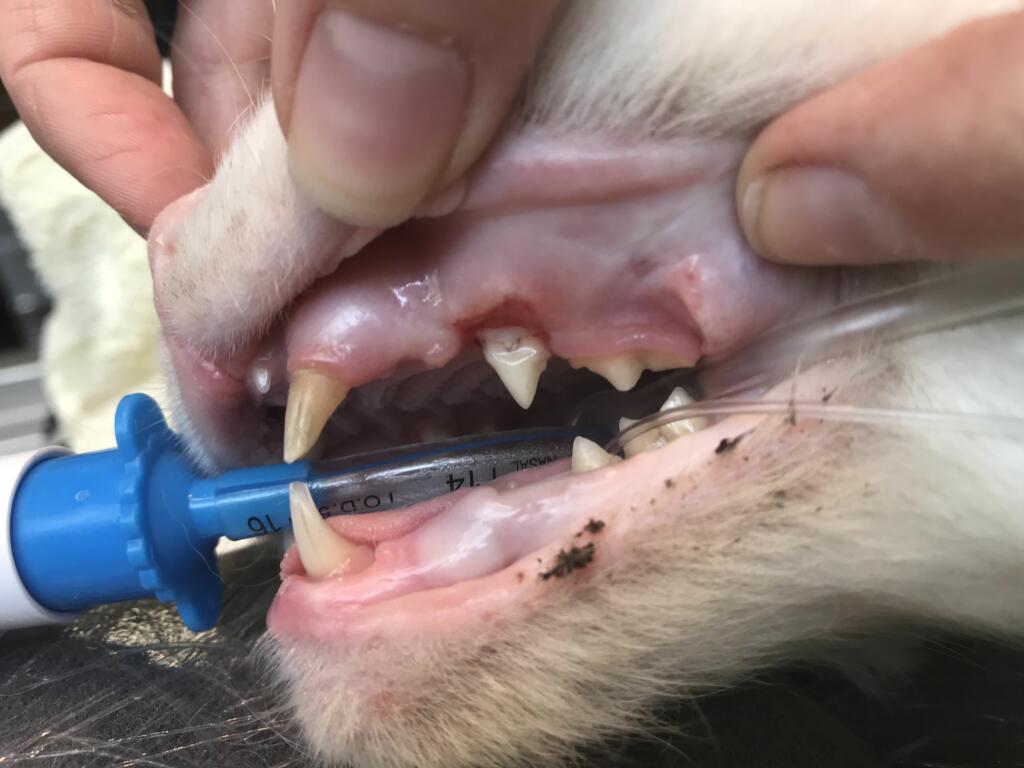At Ascot Vet, we understand the crucial role that quality dental hygiene plays in the overall health and well-being of your beloved pets. Poor dental care can lead to plaque and tartar buildup, causing inflammation and infection known as periodontal disease. This condition not only affects your pet’s breath and ability to eat comfortably but can also lead to serious complications in the heart, liver, lungs, and kidneys as bacteria spread through the bloodstream.
The importance of dental health in pets has seen significant awareness and growth in the field of veterinary science over the last 25 years. Just like humans, pets’ teeth require attention to enhance their quality of life. Dental disease begins with bacterial accumulation, which, when combined with saliva and food debris, leads to the formation of plaque and eventually tartar.
To prevent dental disease, we recommend regular home care from an early age. Dental toys, enzymatic chews, teeth cleaning biscuits and regular teeth brushing with pet specific toothpaste and brushes can also aid in maintaining clean teeth.
In cases where dental prophylaxis is required, our hospital employs advanced M3 ultrasonic dental scalers and dental radiology equipment to ensure the best possible care for your pet’s dental health. We can perform regular scale and polishes, dental x-rays, and surgical extractions when necessary to maintain optimal dental hygiene.
For professional dental cleaning, your pet will require general anesthesia to allow comprehensive examination and cleaning without causing distress. Our vets assess your pet’s dental health, including the need for extractions, antibiotics, or anti-inflammatories. During the cleaning process, we use specialised dental equipment to remove tartar and polish the teeth thoroughly.
Following a professional dental clean, we create a personalised plan to minimise tartar buildup based on the severity of your pet’s dental disease. Regular follow-ups and maintaining the dental care routine at home are crucial to preserving your pet’s oral health.
At Ascot Vet, we prioritise your pet’s well-being and offer expert dental care to ensure a happy and healthy life. Book an appointment with our experienced vets to keep your pet’s smile radiant and their overall health in top shape.

